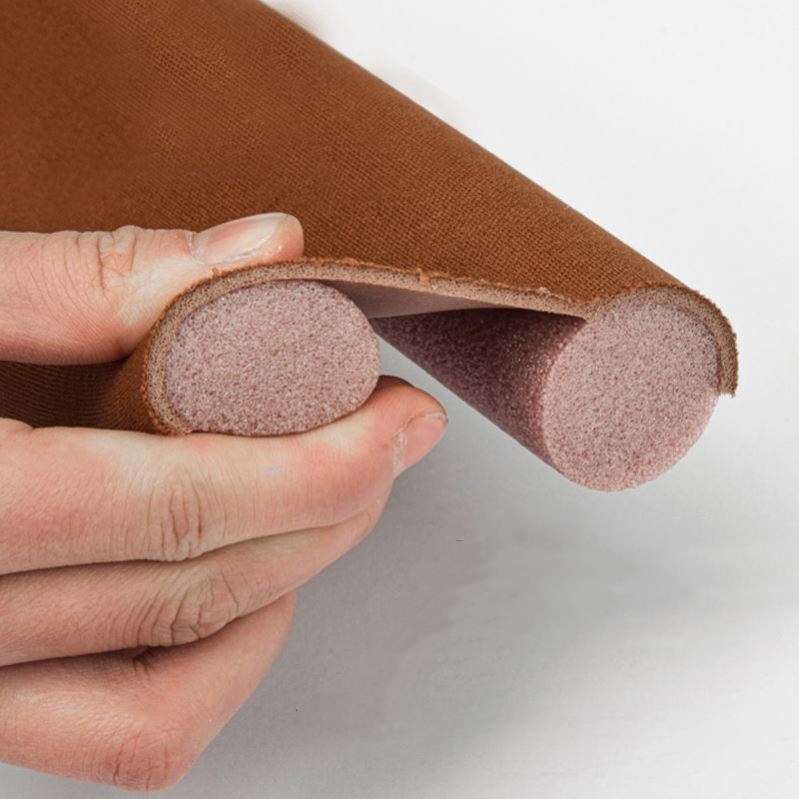Lift off the cloth, making sure no debris falls into the valve gear.
Nitrile is the most widely used rubber (elastomer) and it’s recommended as the best for almost all standard applications. This is solely due to the fact that nitrile has some intrinsic properties, such as low cost and compatibility with most environments. Some of the general applications of nitrile are non-latex gloves, automotive transmission belts, footwear, gaskets, synthetic leather, hoses, o-rings, and oil seals.
C
